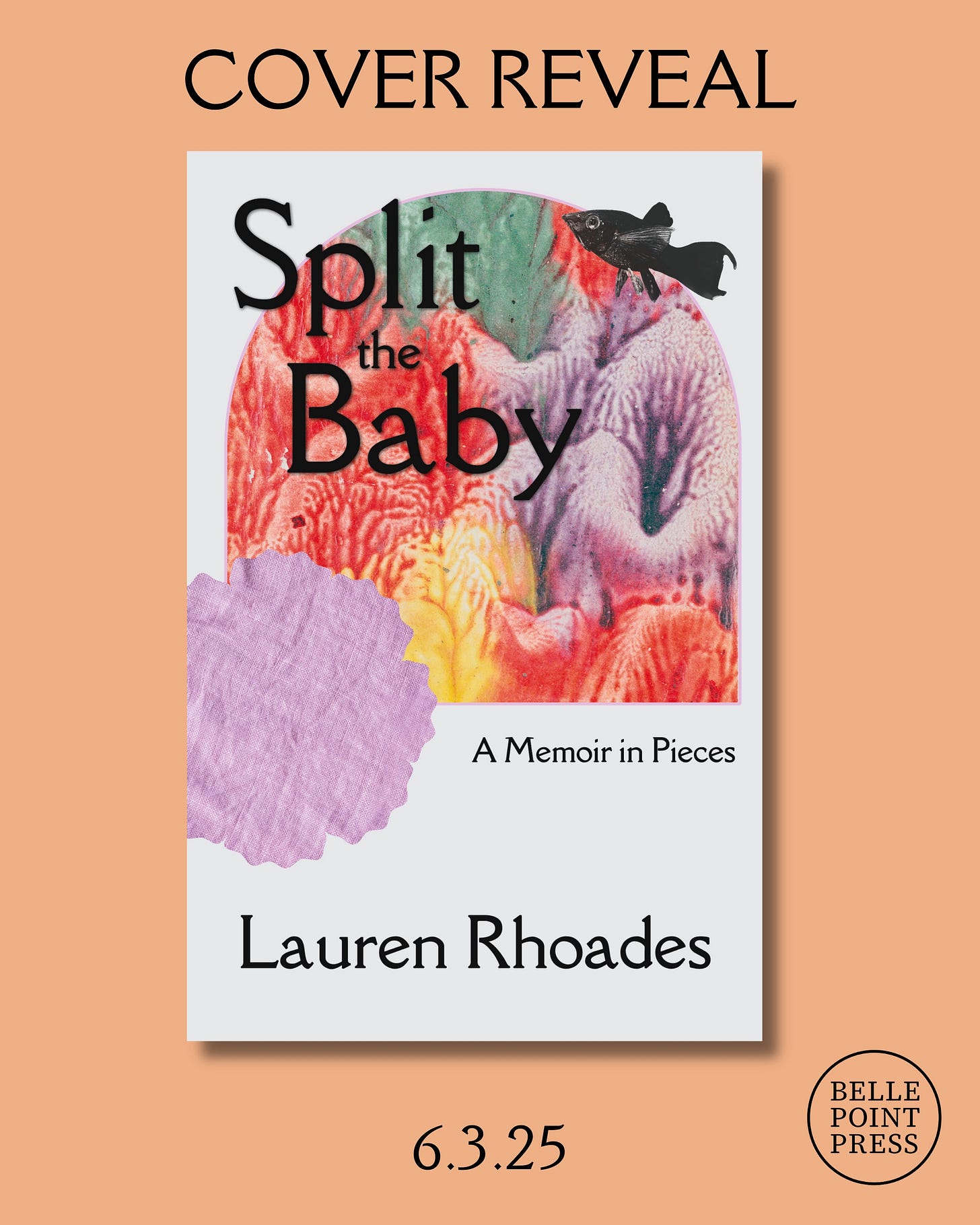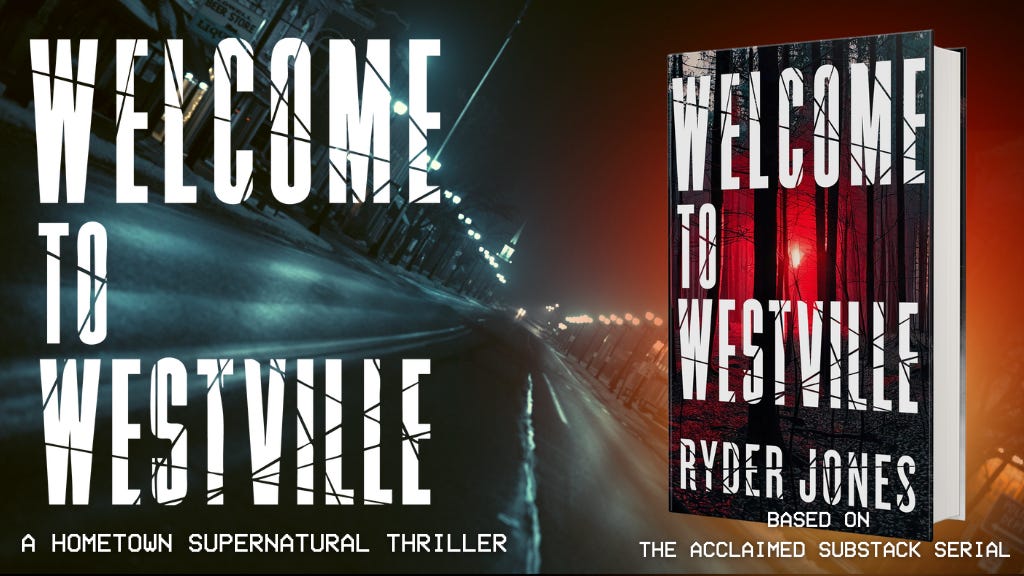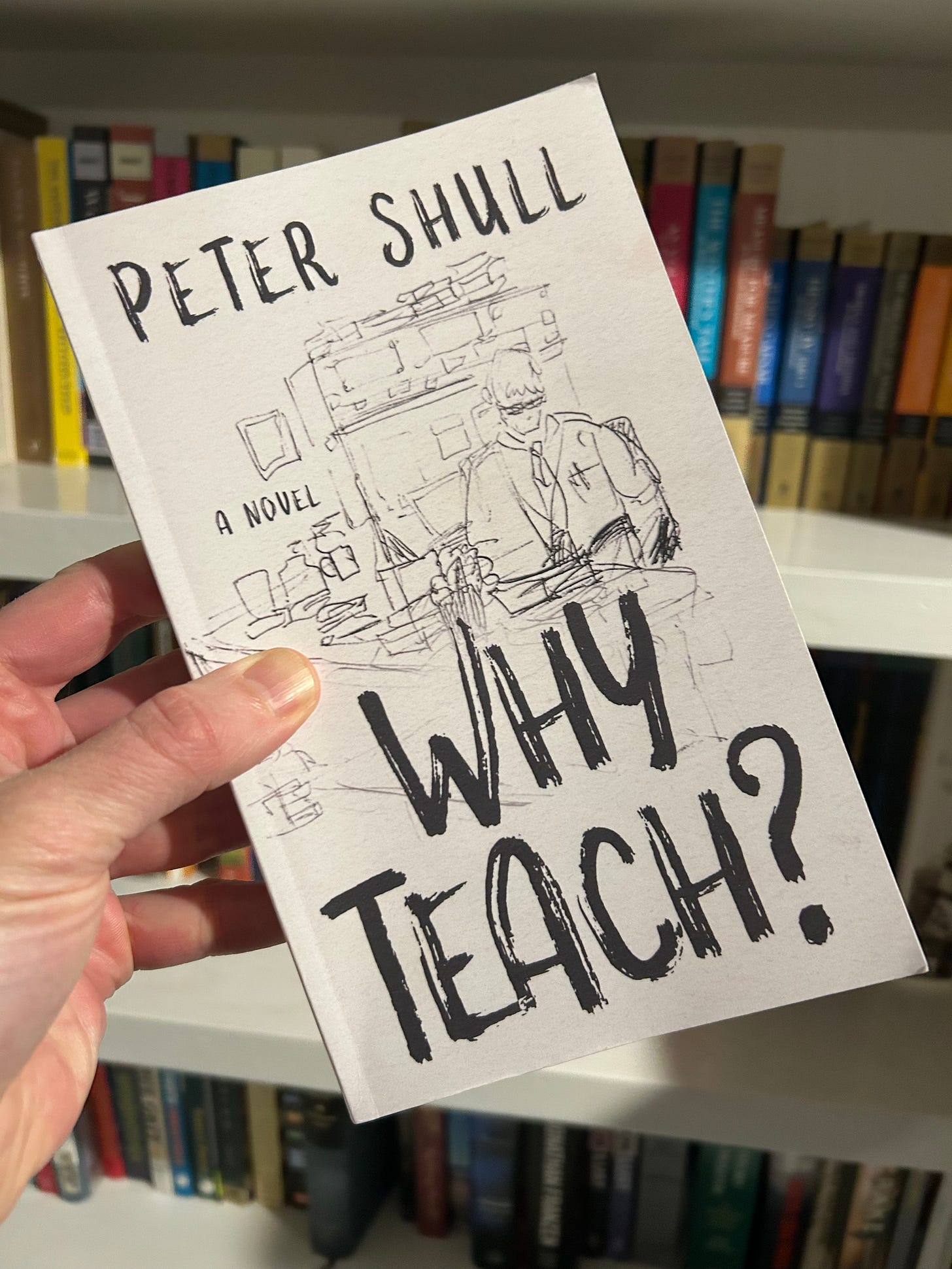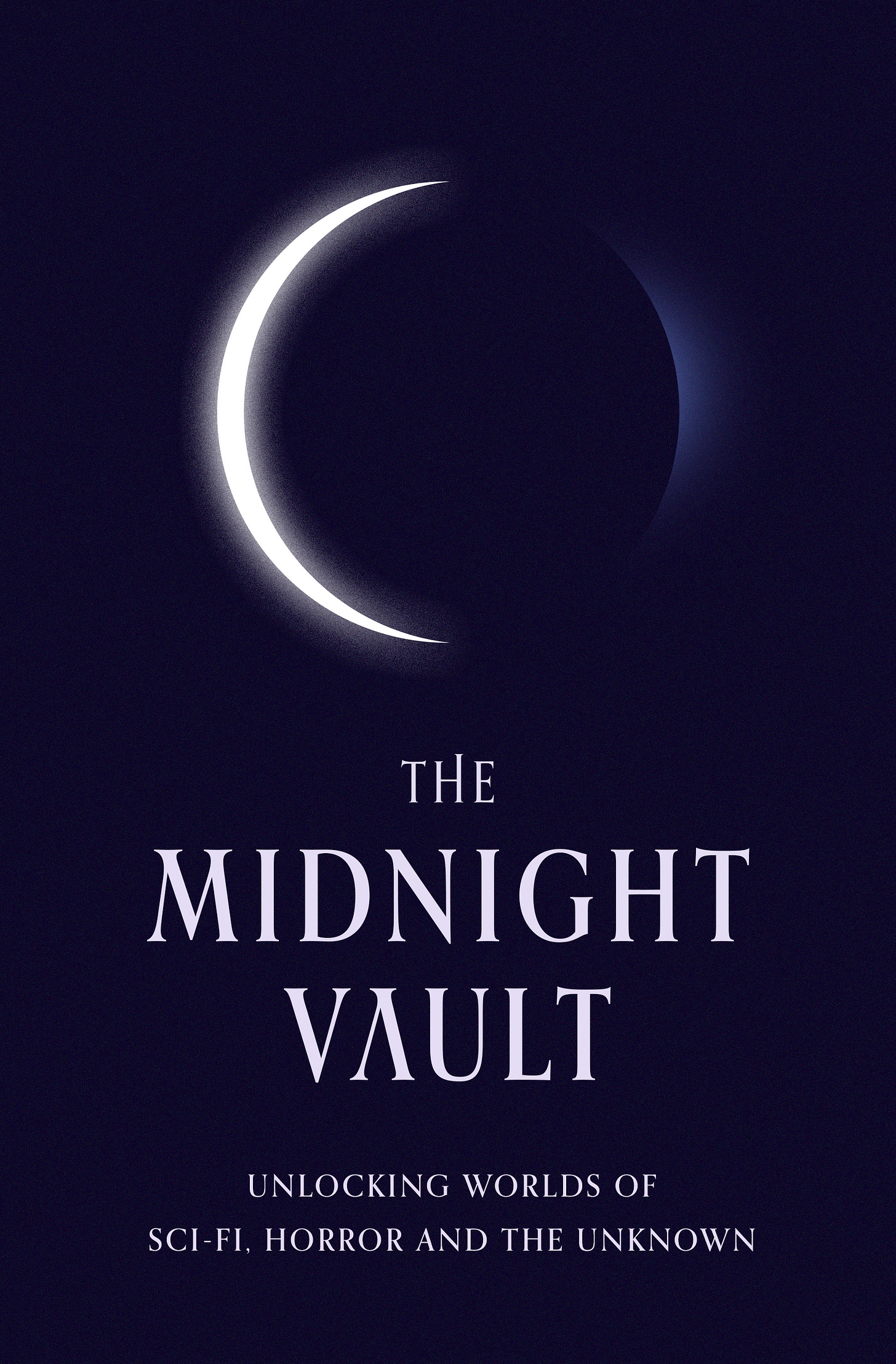The Mayonnaise on Your Paperback Sandwich
Or, the Matter with Front and Back Matter
If a book was a sandwich, its cover would be the bread. The story, of course, is the meat. Let’s also say, for the sake of this shaky metaphor, that it’s also cheese and any other main ingredients. But in much the same way you don’t serve a sandwich without condiments,1 you do not start a book with the story straight away. If a book is a sandwich, the front and back matter are the mayonnaise.
Front and back matter are the contents of a book that come before and after the main narrative.
Thanks to Gérard Mclean for inspiring this post.
And thanks to you for reading A Book Designer’s Notebook! If you’d like to keep this newsletter going and help me say no to designing soul-sucking books about corporate events, email marketing, and raising capital, consider becoming a paid subscriber or buying me a coffee.
Paid subscribers get access to bonus posts like this:
What constitutes this mayo matter? Well, it depends on the book. But generally, front matter will consist of some combination of these parts:
Blurbs that didn’t fit on the cover
Half-title page (also called “bastard title page”)
Title page
Copyright page
Dedication
Table of Contents
Epigraph
Foreword
Introduction
Preface
Prologue
Acknowledgments (these are often in the back matter, but sometimes appear in the front)
Family Tree
Are you a little confused about the difference between prologue, preface, foreword, and introduction? Here’s what publishingxpress.com has to say about the difference:
Many people get the prologue, preface, and introduction mixed up. Here’s how to tell the difference.
Prologue: A prologue is part of the story. It presents essential information the reader must know before the story can get off to a good start.
Preface: The preface is not part of the story. It is a note by the author explaining something about the book, for instance, why the author was inspired to write it, who helped in its creation, and other information the reader may find useful. The reader can skip it without missing anything from the story.
Foreword: A foreword is written by someone other than the author. This is most common in recent editions of classic books or translated books. It explains why the book is a classic, its impact as a work of art, or how a new edition differs from an earlier version. The foreword might also explain why a book was published with a new translation.
Introduction: The introduction is often used to summarize the overall scope of the book. Introductions are only used in nonfiction books. They give the reader information that enhances their understanding of the book.
Some writers use the introduction to summarize the topic and viewpoint the book will cover. Others use a story as an illustration of their theme. For instance, a book about rare diseases might use the story of someone suffering from a strange illness as the introduction.
Back matter can and will generally consist of some combination of these parts:
Epilogue
Author biography
Author’s note
Acknowledgments
Index
Glossary
Bibliography
Endnotes
Excerpt from the next book in a series
OK, Why Do They Matter?
On a textual level, front and back matter provide important information to the reader that aides their experience. The copyright page asserts your ownership of the intellectual property within the book. An introduction or foreword from a respected writer can give important context and perspective to the text. An index helps the reader find something they want to reference. A family tree helps them keep all those character names straight.
On a metatextual level, front and back matter confer a sense of legitimacy to your book. You may think half-title pages are stupid, and you are probably right. But including one shows that you are familiar with the conventions of publishing and, I think, subliminally communicate to the reader they are reading a “real” book. The same goes for the author bio, acknowledgments, index, and, crucially, bibliography. The latter, when necessary, not only conveys legitimacy but is important to being legitimate and trustworthy.
Front and back matter can sometimes be overlooked, but they’re as integral to the book as mayo—or another condiment—is to the sandwich. From a book designer’s perspective (hi), the book cannot be laid out with front and back matter. Writers: This is part of your manuscript. If it gets sent to a designer before adding front and back matter, it isn’t complete. If you want to make your book designer happy—and trust me, you do—you’ll include these bits in your manuscript.
More on the Matter
A brief history of the half-title, or bastard title, from Cornell University Press.
The parts of a copyright page (and a free template) from Book Design Made Simple.
The difference between Preface, Prologue, Introduction, and Foreword.
If you’re interested in this sort of thing, the first draft I wrote of this newsletter was called “What the Fuck is Front Matter” and is absolutely riddled with f-bombs. You can read that here.
You May Also Like:
Some true-blue Substack book covers for you this week—no big publishing houses in this roundup!
Stories Our Scars Tell by Brittany Tinsley
Split the Baby by Lauren Rhoades
Welcome to Westville by Ryder Hamilton Jones
The Orchard Hounds by S.E. Reid
Cover illustration by John Ward
Why Teach? by Peter Shull
Designed by me!
The Midnight Vault edited by J. Curtis
Cover design by Shane Bzdok.
Unless you’re a freak!

















I am deeply interested in the design part of making a book. I’ve finally got the writing part to an acceptable level (never done improving there!), but now, as I’m embarking on self-publishing, the way the thing is put together is a new mystery. Not so much “what” as “how”. And a little bit of “what”, too, to be honest. This was helpful. Thank you!
Lovely round up and thanks for including The Midnight Vault. But credit for the cover (and layout) should go to the designer Shane Bzdok: https://substack.com/@shanebzdok